Customer experience (CX) goes beyond adopting new technologies; it's a holistic reimagining of how companies know, interact, and serve their customers. The considerations of large enterprises increase the intensity of this effort. Let's identify best practices that empower great businesses to create transformational journeys that exceed customer expectations and don't meet what's most influential.Digital transformation has become a cornerstone for agencies aiming to live aggressively and effectively. Nowhere is this more essential than in Customer Experience (CX), wherein the capability to navigate digital transformation at scale can redefine the relationships between corporations and their customers. This blog delves into the quality practices for enforcing digital transformation in CX, tailored for big-scale operations characteristic of large enterprises' best practices.
Understanding the Digital Transformation Landscape
A Holistic Approach to Customers:
Start with all the knowledge in the customer journey. Map every touchpoint from the first interaction to the presentation and purchase engagement. Identify pain points, satisfying moments, and areas for growth. A customer-centric approach combines the drive for effective digital transformation.
Data-Driven Decision Making:
Use data analysis to benefit from insights into customer behavior, choices, and feedbacks. Making fully informed choices based on data analysis is essential to diagnosing symptoms and preferences and creating personalized consumer reports.

Integration of Emerging Technologies:
Embrace scalable solutions such as emerging technology that match the customer's expectations. This includes artificial intelligence (AI) for personalization, aggressive Internet of Things (IoT), and device recognition for predictive analytics—their technical documentation to integrate a CX strategy, the modernized backbone.
Seamless Multichannel Experience:
Ensure seamless experience across all channels, including online and offline touch points. Consumers enjoy consistency whether or not they communicate through internet websites, mobile apps, social media, or in person. This multichannel approach enhances and reinforces the perception of the brand image.
Fast and Iterative Methods:
Use agile methods for CX improvement. Divide tasks into logical sprints, measuring continuous improvement and change based entirely on client feedback. The iterative approach incorporates the customers' dynamic expectations and the generation's evolution.
Best Practices for Digital Transformation in CX at Scale
1. Participatory Leadership and Vision:Establish a clear and visionary digital transformation forecast with strong leadership commitment. Top management’s commitment to implementing cultural work, allocating resources, and prioritizing initiatives consistent with the overarching vision is critical.2. Cultural Change:Foster a subculture of innovation and agility. Encourage employees at all levels in every discipline to embrace change and consider contributions with implementation of digital enterprise best practices. A culture that values relentless learning, adaptation, and a customer-centric mindset is critical to successful digital transformation.3. Complex Change Management:Implement a robust change management strategy. Communicate the vision, dreams, and benefits of digital change throughout the organization. Provide education and support to employees to ensure a clean transition and reduce resistance to change.4. Customer Journey Map:Dive deeper into patron adventure mapping. Understand the experience of quitting at the end, identify pain points, and prioritize areas for improvement. Regularly update journey maps to keep up with changes in consumer behavior, market trends, and emerging technologies.5. Methods of Personalization:Use good personalization techniques. Leverage AI and instrumental intelligence to analyze customer accounts and deliver an unbiased, personalized experience. Provide strategic directions, content, and communication-based primarily on character choices and actions.6. Integrated Customer Data Platform:Establish an integrated customer satisfaction platform to place that records data from everywhere. This platform should a scalable solution and incorporate information from multiple touchpoints, providing a holistic view of customer interactions. Integrated accounting systems facilitate easy personalization and marketing focus.7. Integrating AI and Chatbots:
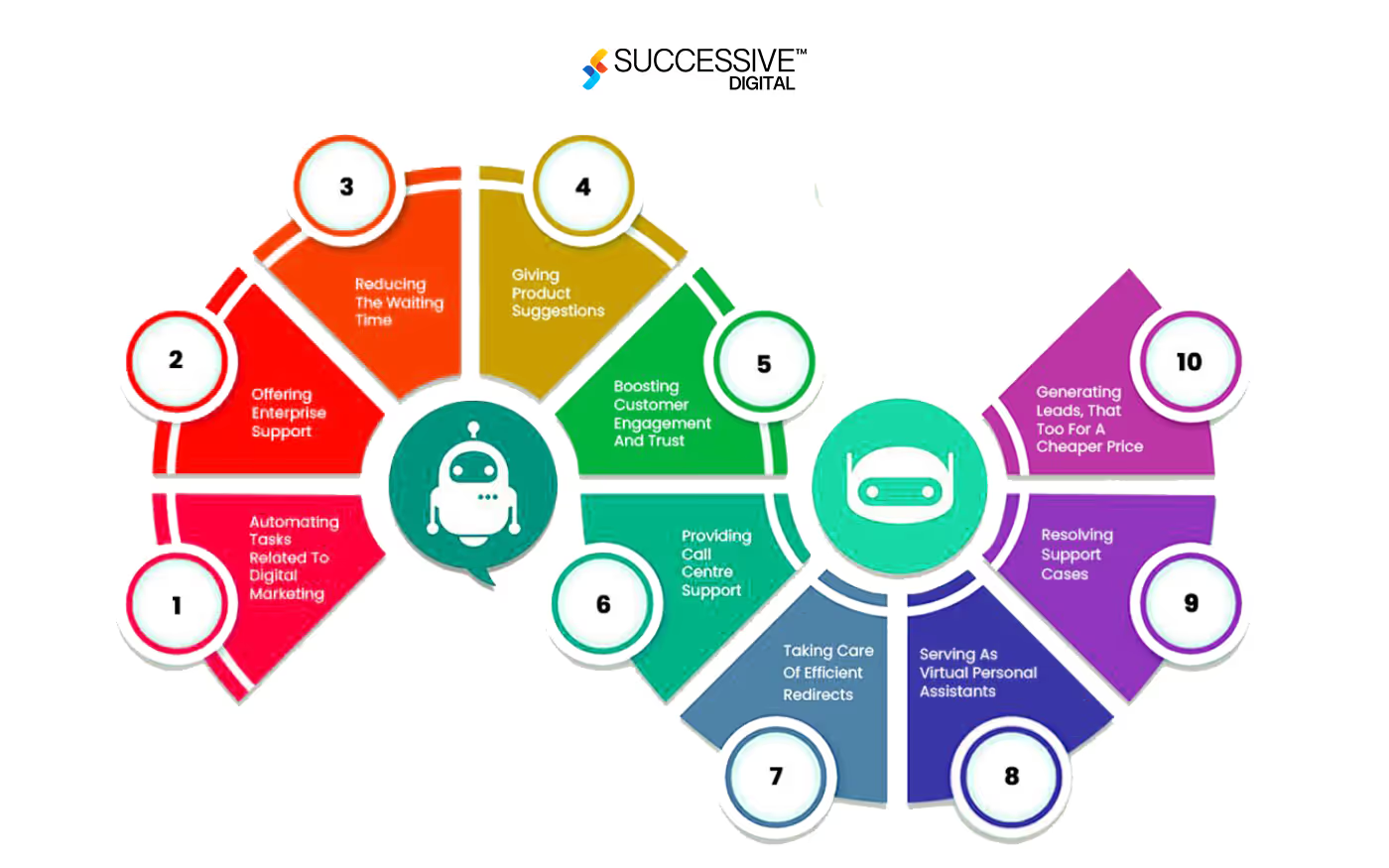
Embrace AI-driven responses and chatbots for more meaningful customer interactions. AI can analyze data to predict customer preferences, much like chatbots provide instant directions. This technology streamlines processes, reduces response times, and enhances customer pride.8. Investing in Cybersecurity:Prioritize cybersecurity to protect customer data. More extensive programs are exciting building blocks of cyber threats. Investing in a robust cybersecurity program no longer covers the weakest accounts but keeps clients thinking.9. All-Channel Communication:Ensure omnichannel consistency by supporting the integration of systems and processes across channels. Customers need a unified experience, whether they’re communicating online, at a physical location, or via mobile. This convergence requires seamless integration of technology and data across the enterprise.
Successful Digital Transformations in Large Enterprises
Amazon - The Pinnacle of Personalization:
Amazon’s success is synonymous with virtual conversions. The e-commerce giant uses AI to analyze customer behavior and offer personalized product recommendations. Its robust cloud architecture assures flexibility, handling large-scale projects at all times during peak times.
Walmar - Omnichannel Excellence:
Walmart’s digital transformation shows a consistent omnichannel. The department store seamlessly integrates online and offline reports, allowing shoppers to shop effortlessly across various channels. Walmart’s investment in scalable cloud infrastructure supports the agility necessary for continuation optimization.
Microsoft - Customer insights powered by AI:
Microsoft uses AI for deeper customer insights. Through Azure’s AI talent, Microsoft analyzes essential data sets to understand customer behavior as their enterprise best practices. This approach to pushing the record identifies product improvements, advertising strategies, and enhancing general customer data.
Bank of America - Cybersecurity and Customer Confidence:
Bank of America has prioritized cybersecurity in its digital transformation efforts. Dedicated to the protection of consumer data, the financial services industry employs existing security measures. This recognition of cybersecurity is no longer the weakest form of security that the client agrees to but positions the bank as a strong financial partner once again.
Salesforce - Integrated Customer Data Platform:
Salesforce, a leader in patron courting management (CRM), emphasizes the importance of an integrated customer record. The Salesforce platform integrates customer statistics from disparate properties and empowers a company to provide personalized feedback throughout the customer journey.
Apple Inc. - Seamless Integration of Ecosystems
Apple is a testament to the seamless integration of digital ecosystems. Apple’s digital transformation focuses on creating a unified and integrated user experience from hardware to software. The combination of gadgets, offers (including iCloud and Apple Music), and person-friendly interfaces in all products isn’t the easiest to extend patron interest, but it has additionally contributed to signal loyalty
Boeing: Digitization in Aerospace Technology
Boeing’s digital transformation is reshaping the aerospace industry through digitalization. Boeing optimizes aircraft design, manufacturing, and innovation by leveraging two digital ages, advanced simulation and mathematical analysis. These changes increase aviation safety, efficiency, and sustainability and set new requirements in aerospace engineering.
Cisco Systems: Digitizing Customer Support
Cisco has digitally transformed its customer support offering to deliver a more interactive and personalized experience By using AI-push chatbots and digital assistants, customers can have the opportunity to receive immediate support and troubleshooting. Additionally, Cisco uses predictive analytics to anticipate potential problems, make proactive decisions and mitigate disruption for its large patron base.
Coca-Cola: The beverage business will be digitized
Coca-Cola has undergone a transformation that is revolutionizing the beverage industry. Using IoT devices in vending and manufacturing equipment, Coca-Cola gains real-time insight into inventory groups, warehouses, and appropriate instruments using next-gen digital scalable solutions. Such digitization enables dynamic pricing, promotions, and effective supply chain management, which is popular with a growing customer base.
Pfizer: Data-Driven Healthcare Solutions
Pfizer’s digital transformation of the pharmaceutical industry emphasizes data-pushed healthcare solutions. Using data analytics, AI, and IoT, Pfizer supports drug discovery, scientific experimentation, and customized medicine. These changes accelerate innovation in drugs that are no longer the most effective but contribute to more powerful, personalized health responses for patients.
Walt Disney Company: Immersive Entertainment Experiences
Disney's digital transformation is evident in its dedication to creating immersive amusement reviews. Through the combination of AR and VR technologies, Disney enhances topic park attractions, presents virtual reports for home amusement, and personalizes content material transport via its streaming offerings. This virtual evolution no longer simplest captivates audiences but also transforms the way amusement is fed on and enjoyed.
Overcoming Challenges in Large-Scale Digital Transformation
- Legacy System Integration:
Primarily, digital changes involve the transformation and modernization of legacy systems. Overcoming these barriers requires a progressive approach, including strategies for integrating legacy devices, migrating records, and incrementally replacing them, if necessary, with the right choice of selecting where transformation and modernization are a priority.
- Organizational Resistance:
Overcoming organizational resistance through open communication, engaging key stakeholders, and demonstrating concise success to demonstrate the tangible benefits of actual change.
- Talent Acquisition and Training:
Attracting and retaining employee talent is essential. Invest in specialization, schools, and learning programs to equip the workforce with the skills needed for the digital generation. Foster a subculture of relentless learning and innovation.
- Budget Constraints:
Budget limitations can prevent large-scale digital transformation projects. Prioritize investments based entirely on their impact on customer satisfaction and business results. Consider phased implementation to control costs better.
- Scalability of the Solution:
Scalable solutions for digital transformation must be scalable for home improvement. Ensure technology, infrastructure, and processes are designed with scalability in mind to avoid complications as the business expands.
Trends in CX Digital Transformation at Scale
- 5G Connectivity Revolution:
Introducing the 5G generation will transform connectivity, providing faster and more reliable connections. Larger organizations need to be brought together for the opportunities this presents, from robust real-time data exchanges to interventions.
- Edge Computing with Minimal Complexity:
Edge computing is critical in reducing latency, ensuring that systems operate with minimal latency. This applies to more extensive operations where seamless communication is essential for seamless customer reporting.
- Extended Reality (XR) for Immersive Interactions:
Extended reality (XR), including virtual reality (VR) and augmented reality (AR), will offer new immersive experiences. Companies with real estate can use XR to create authentic customer-centric studies as part of their digital transformation strategy.
- Blockchain Provides Improved Security and Transparency:
Blockchain generation will continue to be notable for its role in improving security and transparency. Its software can be crucial for large companies in creating a secure customer communication, ensure the accuracy of information, and verify the authenticity of products.
- Advanced Quantum Computing:
The advent of quantum computing will redefine the panorama of advanced research. Large companies can use scalable solutions such as quantum computing to process sensitive data sets at extraordinary speeds, providing deeper insights into consumer behavior and choices.
- Ethical AI and Responsible Data Use:
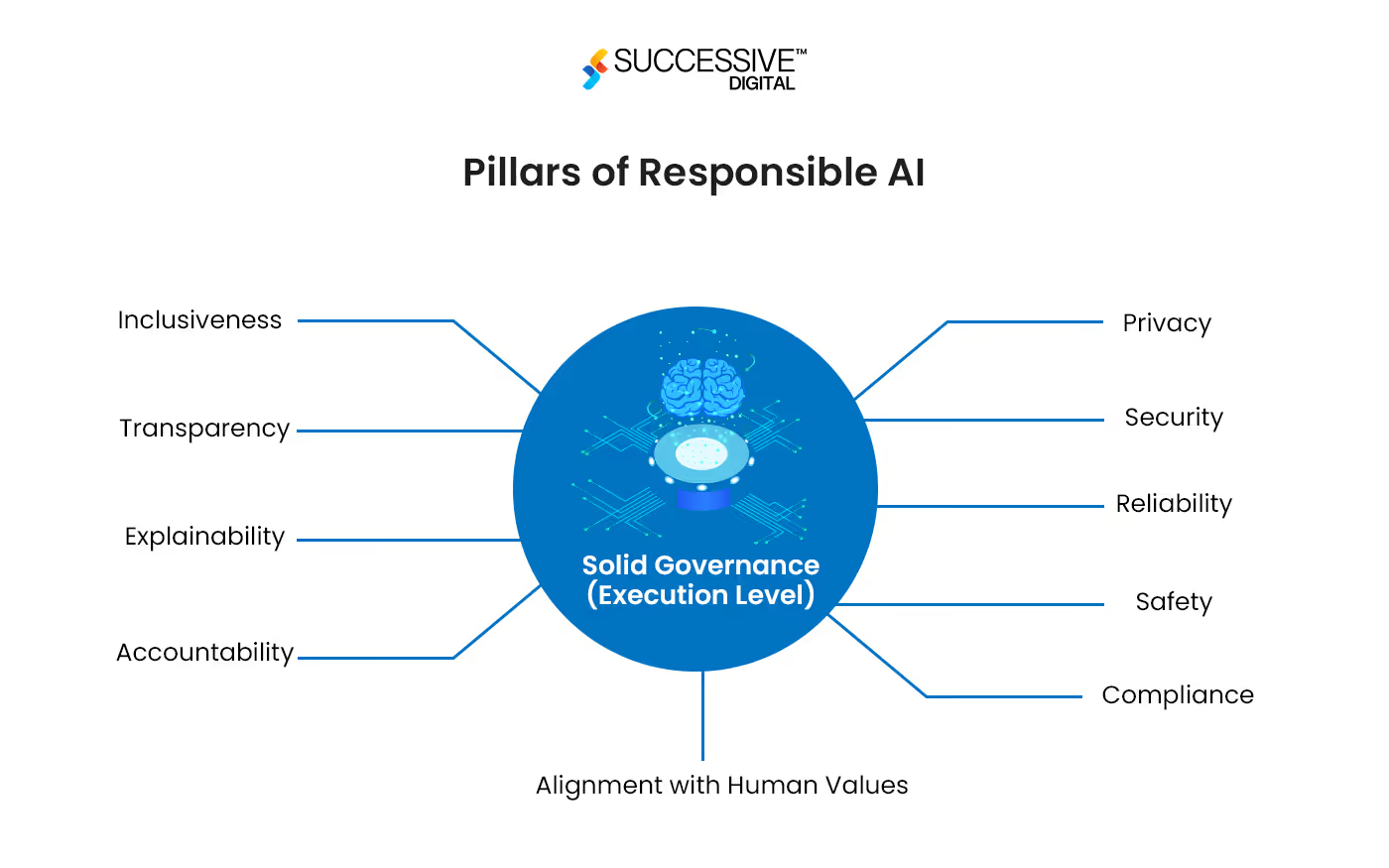
Ethical considerations are paramount in the use of AI and responsible records. Larger companies must prioritize ethical practices in AI algorithms to ensure customer data is appropriately handled, transparently, and responsibly.
- Voice Technology and Natural Language Processing (NLP):
The integration of Voice Age and Natural Language Processing (NLP) will drive the future of consumer interaction. Voice-activated assistants and NLP algorithms will enable more vegetable conversations, improving user enjoyment. Big businesses need to find voice solutions to meet changing consumer preferences.
- Hyperautomation for Productivity:
Hyperautomation, combining AI, tool recognition, and robotic process automation, will drive business performance in CX as a scalable solution. Routine tasks can be automated, allowing HR to focus on complex, cost-effective tasks. This trend will redefine operations, streamline processes, and optimize the allocation of valuable resources.
- Personal Consumer Health and Wellness:
Combined with a focus on consumer health and wellness, it will enhance CX richness beyond product interactions. Industries, including health and wellness, will use technology to provide personalized recommendations and health assessments and support consumers throughout their wellness journey.
- Biometric Authentication for Enhanced Security:
Biometric authentication with facial recognition and fingerprint scanning will be more widespread on the CX as enterprise best practices. This period supports security features, simplifies user authentication processes, and contributes to solid and simple customer happiness.
Conclusion
Digital transformation of the customer experience at scale is not just a requirement for large enterprises. In a digital age where customer expectations constantly change, staying relevant is strategically essential. By adopting enterprise best practices, navigating challenging situations, and staying ahead of incremental improvements, outstanding companies can lead their role in CX innovation.The path to digital transformation is always a once-in-a-time process; however, it is a continuous process of adapting, learning, and optimization. This requires strong commitment, organizational cultural change, and a relentless focus on delivering exceptional customer experiences. In a generation of digital prowess-defined market, enterprises now have the opportunity to adapt to change and be the architects of a new revolution in the realm of customer experience.
.avif)

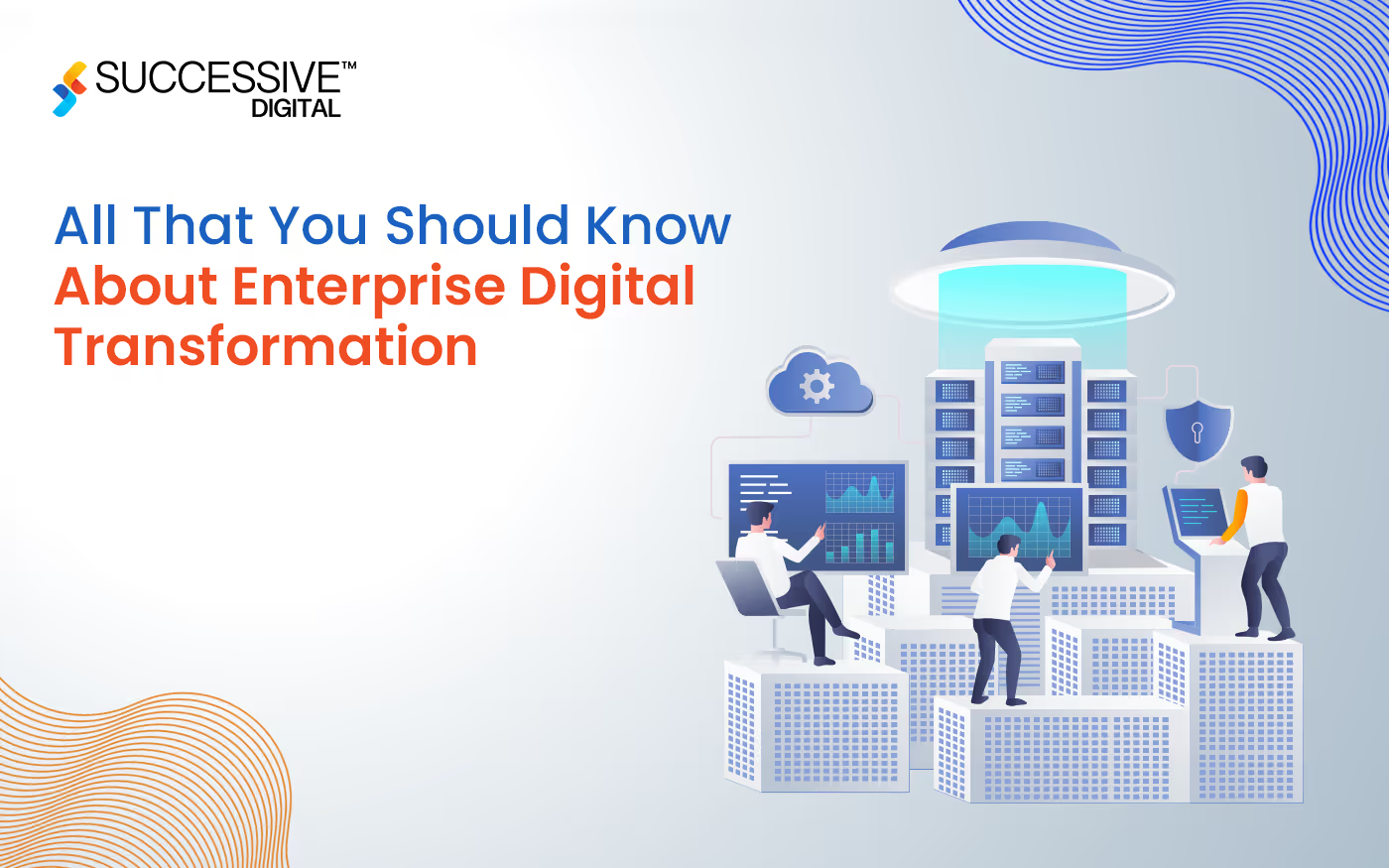

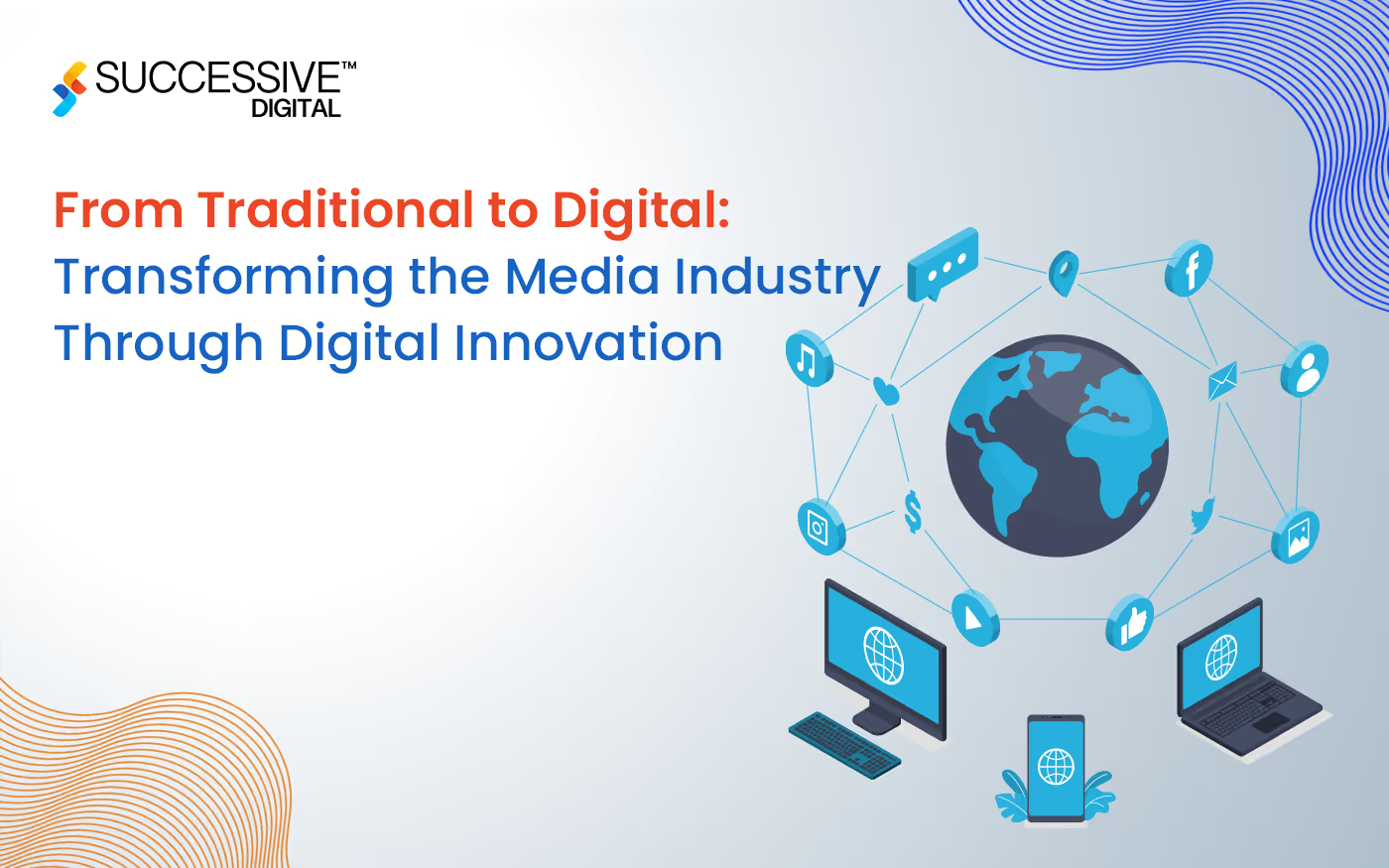

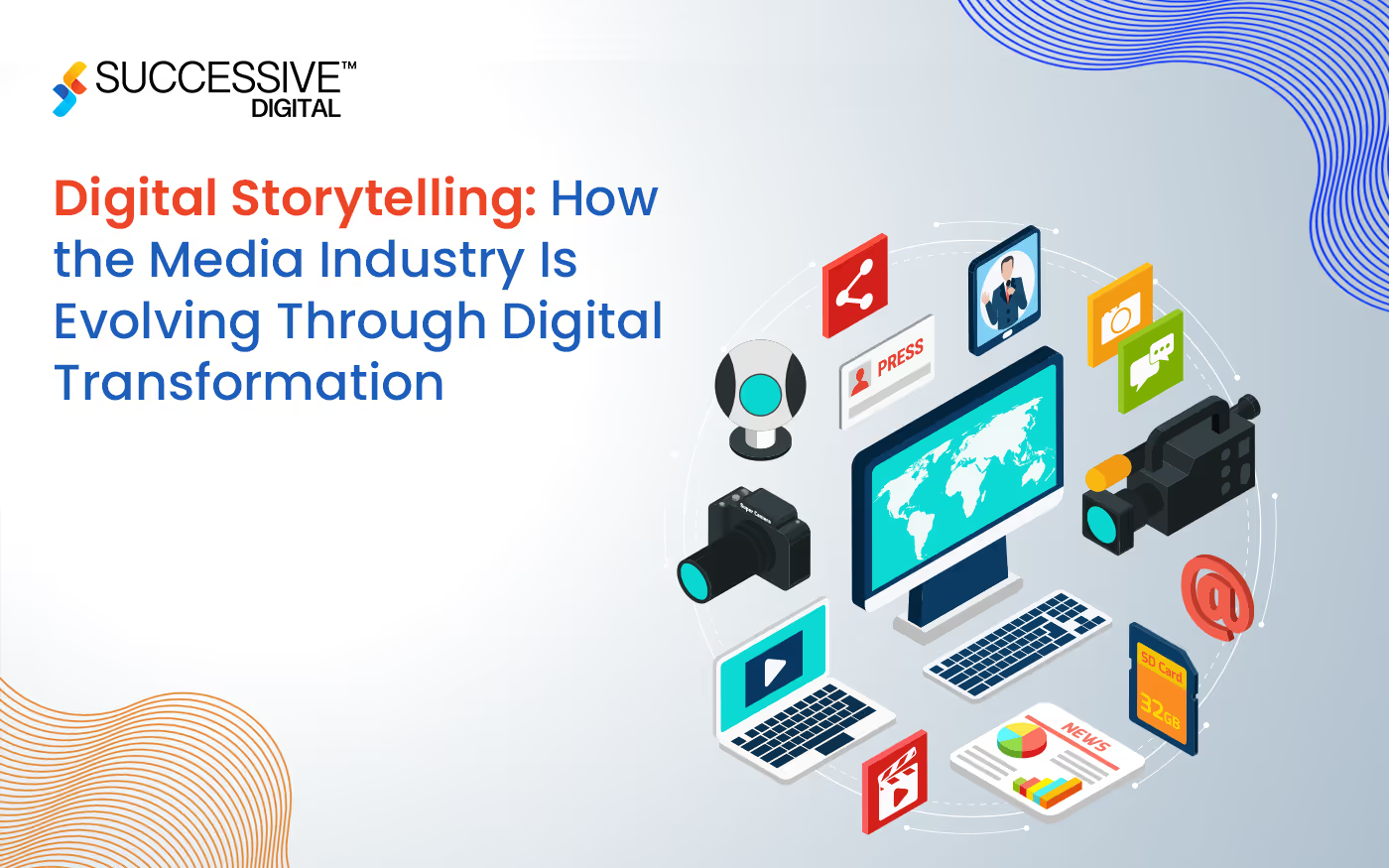
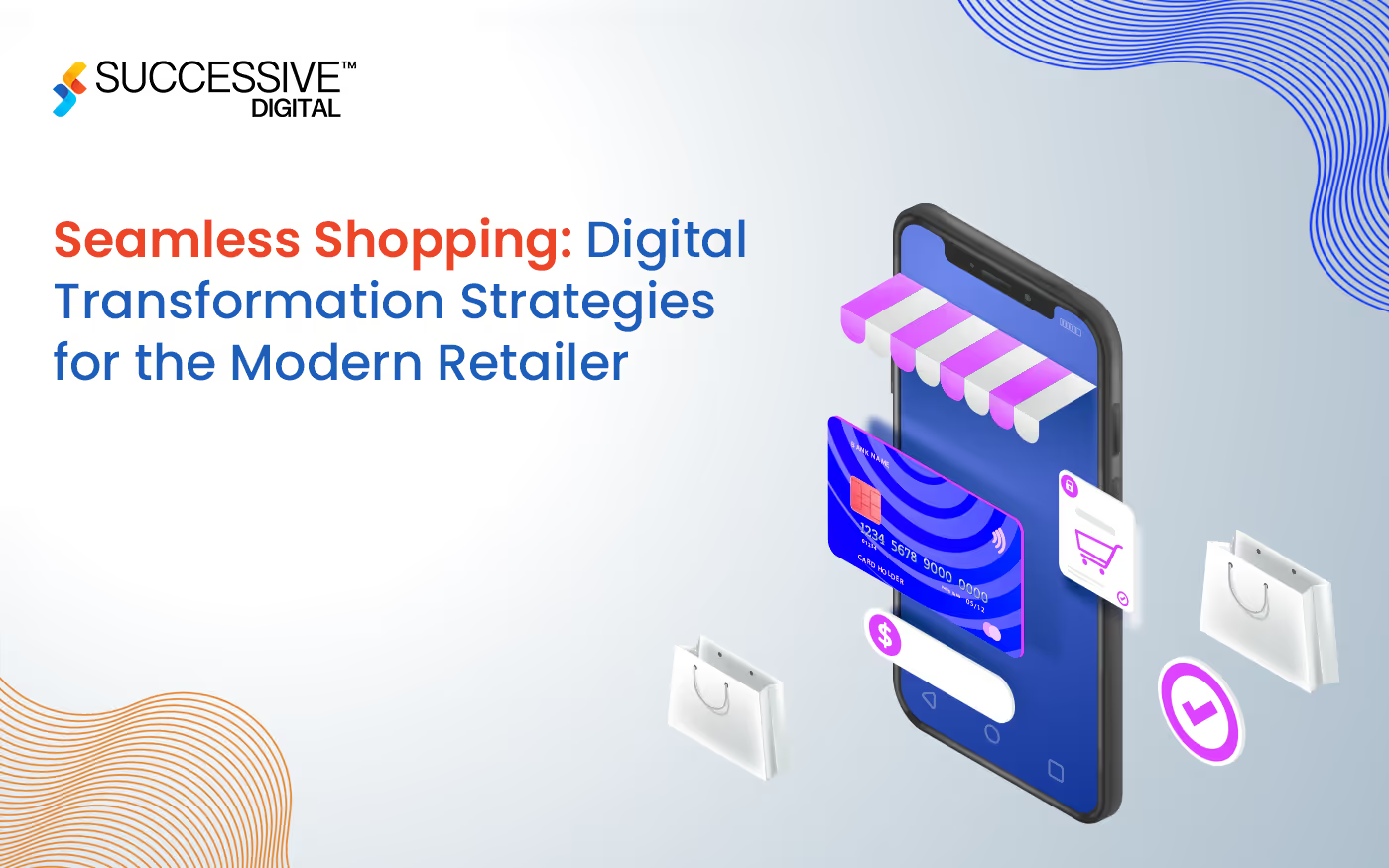
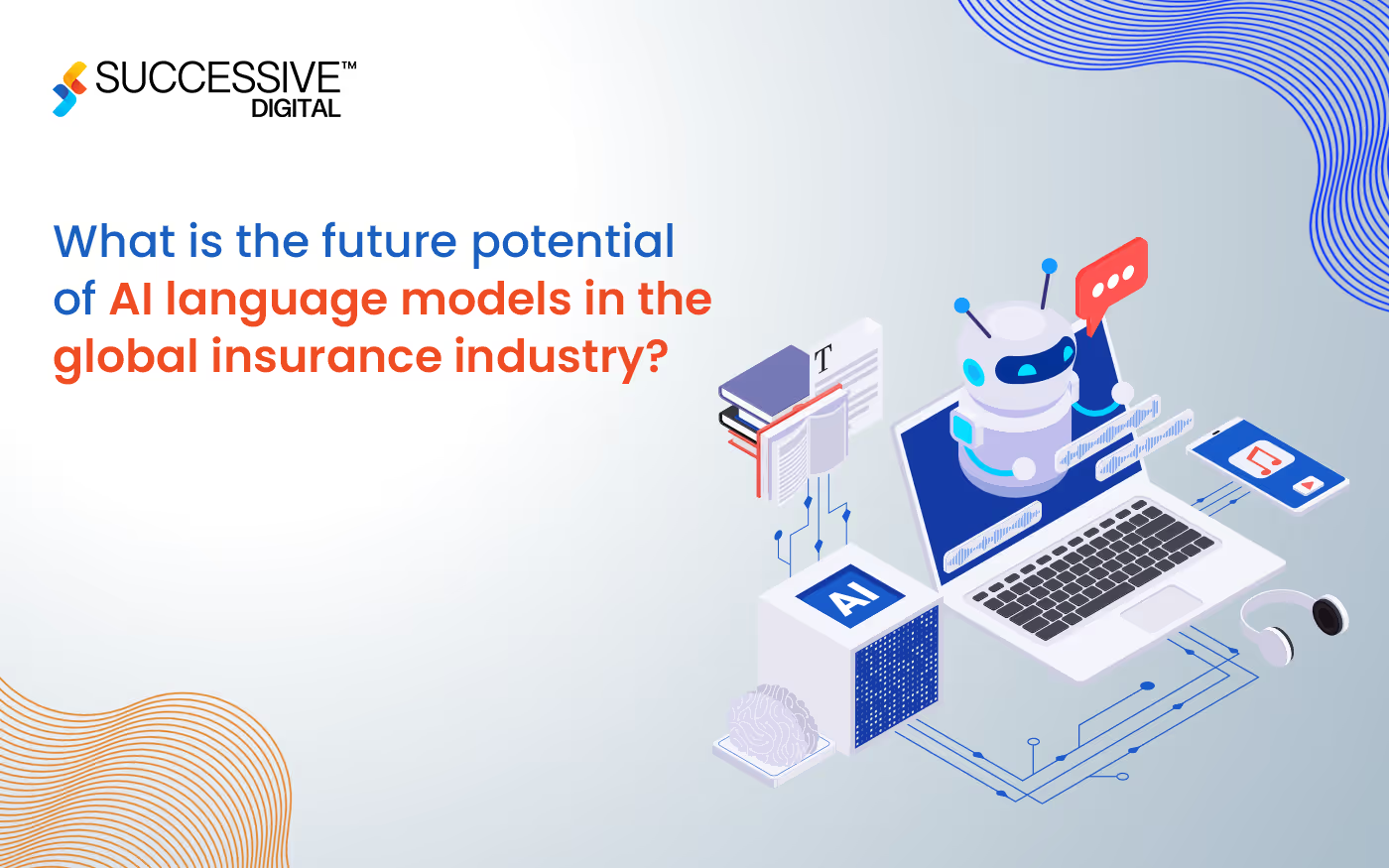


.jpg)









